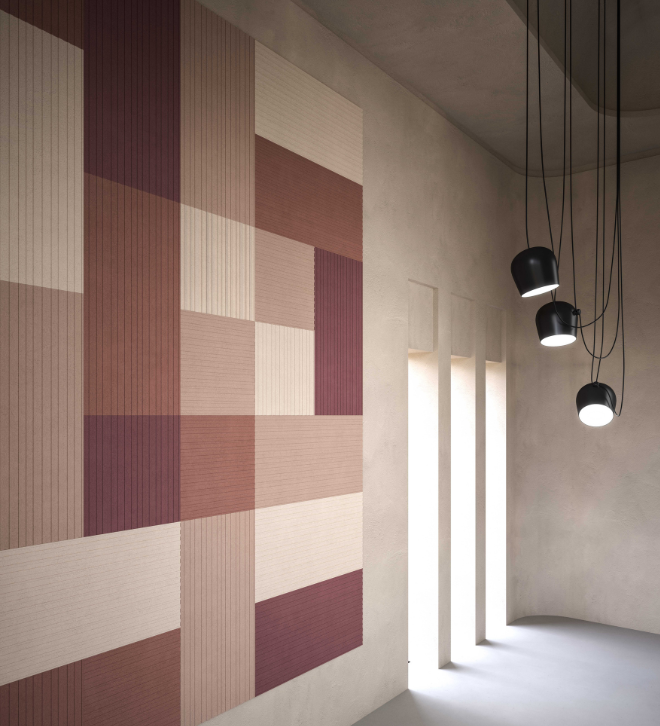When discussing custom homes, aesthetics and functionality have long taken center stage—but today, forward-thinking homeowners and builders are asking for more: homes that are not only beautiful and practical, but also environmentally responsible. One exciting innovation that’s gaining traction in our industry is the use of sustainable acoustic panels—particularly those made from mycelium, the root-like structure of mushrooms. These panels are remarkably effective at absorbing sound and regulating indoor acoustics, all while leaving a minimal environmental footprint, making them an ideal feature for today’s modern custom home.

mogu.bio
What Are Mycelium Acoustic Panels?
Mycelium is the vegetative part of fungi—an intricate network of thread-like structures that naturally grow beneath the surface of soil or organic matter. When cultivated under controlled conditions with agricultural waste (such as corn husks or wood chips), mycelium forms a dense, fibrous structure that can be shaped into panels. These panels are then heat-treated to stop fungal growth, resulting in lightweight, durable, and safe material.
“The panels are made entirely from natural ingredients—primarily mycelium and organic residues such as hemp shives and discarded textile fibers. Unlike conventional synthetic panels, mushroom panels do not contain or emit any VOCs or formaldehyde and are completely safe, guaranteeing air quality in indoor environments.” – Maurizio Montalti, co-founder of SQIM.

mogu.bio
Where to Use Sustainable Acoustic Panels in a Custom Home
For homeowners, acoustic comfort is becoming a priority, especially as more of us work, learn, and unwind at home. Open-concept floor plans, high ceilings, and hard surfaces may look beautiful, but they often lead to unwanted echo and noise. Mycelium acoustic panels absorb sound exceptionally well. Their porous, sponge-like structure traps sound waves and reduces reverberation, helping create serene, acoustically balanced environments. Whether it’s a home office, media room, yoga studio, or even a nursery, these panels offer a natural solution to everyday acoustic challenges.
“Mogu panels provide effective sound absorption, particularly in the mid-frequency range, which is ideal for improving speech clarity.” — Maurizio Montalti, co-founder of SQIM.
Sustainable acoustic panels, such as those made from mushroom-based mycelium, can be thoughtfully integrated into various spaces throughout a custom home. In home theaters and media rooms, they help maintain crisp, immersive sound while preventing echo and leakage. In home offices, they minimize distractions and boost focus—especially important for video calls or deep work sessions. According to Maurizio Montalti, co-founder of SQIM, Mogu panels are especially effective at absorbing sound in the mid-frequency range, making them ideal for enhancing speech clarity. Open-concept living rooms and other spacious areas benefit from these panels’ ability to manage reverberation, particularly in rooms with high ceilings and heavy foot traffic. Bedrooms and nurseries can be transformed into tranquil retreats that promote better sleep, while music studios or hobby rooms enjoy enhanced sound quality and reduced noise transfer, ideal for creative pursuits.
In luxury home design, choosing the right materials also means balancing function with aesthetics—especially in moisture-prone areas like bathrooms, spas, or pool rooms.
“The panels provide a versatility of usage in wet environments where traditional fabric and wood-based material cannot,” Heather Hicks, founder of Beyond Beige Interior Design Inc.
Mycelium panels prove that eco-friendly materials don’t have to compromise on performance. Their organic makeup belies their toughness, offering a resilient solution that simplifies installation and reduces strain on structural systems.
“Despite being composed of organic biomass, mycelium panels are incredibly strong and durable. They’re also lightweight—key for simplifying installation and reducing structural loads.” — Maurizio Montalti, co-founder of SQIM

mogu.bio
A Design Statement As Well
Today’s sustainable acoustic panels come in a variety of textures, shapes, and finishes. Designers and architects are embracing them as functional art pieces—panels that complement interiors with warm, organic aesthetics and tactile appeal.
They can be left natural for a raw, earthy look or customized with dyes and finishes for modern, sculptural wall features. From minimalist to rustic, they can integrate seamlessly into a variety of custom home styles.

mogu.bio
Why Sustainability Matters More Than Ever
Choosing sustainable acoustic materials isn’t just about minimizing impact—it’s about actively contributing to a healthier planet while enhancing the beauty and livability of a home. Beyond being sustainable, these mycelium panels embody circular design by repurposing waste from other industries—transforming byproducts like discarded cotton yarn and hemp shives into high-performance, design-forward acoustic solutions.
By the Numbers:
-40% of cotton yarn production becomes waste—The panels reuse it.
-80% of hemp production results in hemp shives—another core input for panels.
-The panels are 100% plastic-free and made from basidiomycete mycelium, which is safe, non-sporulating, and locally sourced.

mogu.bio
The Builder’s Responsibility
As a leading, full-service custom home builder, we have a responsibility—and a unique opportunity—to push boundaries and guide clients toward smarter, greener choices that align with their lifestyle and values.
At the end of the day, our role is to work alongside our clients to bring their vision to life—building homes that will last for generations, without compromising the future of those generations. Exploring options like mushroom panels is a small design integration that can make a meaningful impact. If you’re dreaming of a quiet, healthy, and eco-conscious home, acoustic solutions like these belong in your project planning and design development conversations and we’re here to guide you in making informed choices from start to finish.
Curious to see what these panels look like in action? Get in touch with us—we’d be happy to explore innovative, sustainable design options for your next custom home project.










